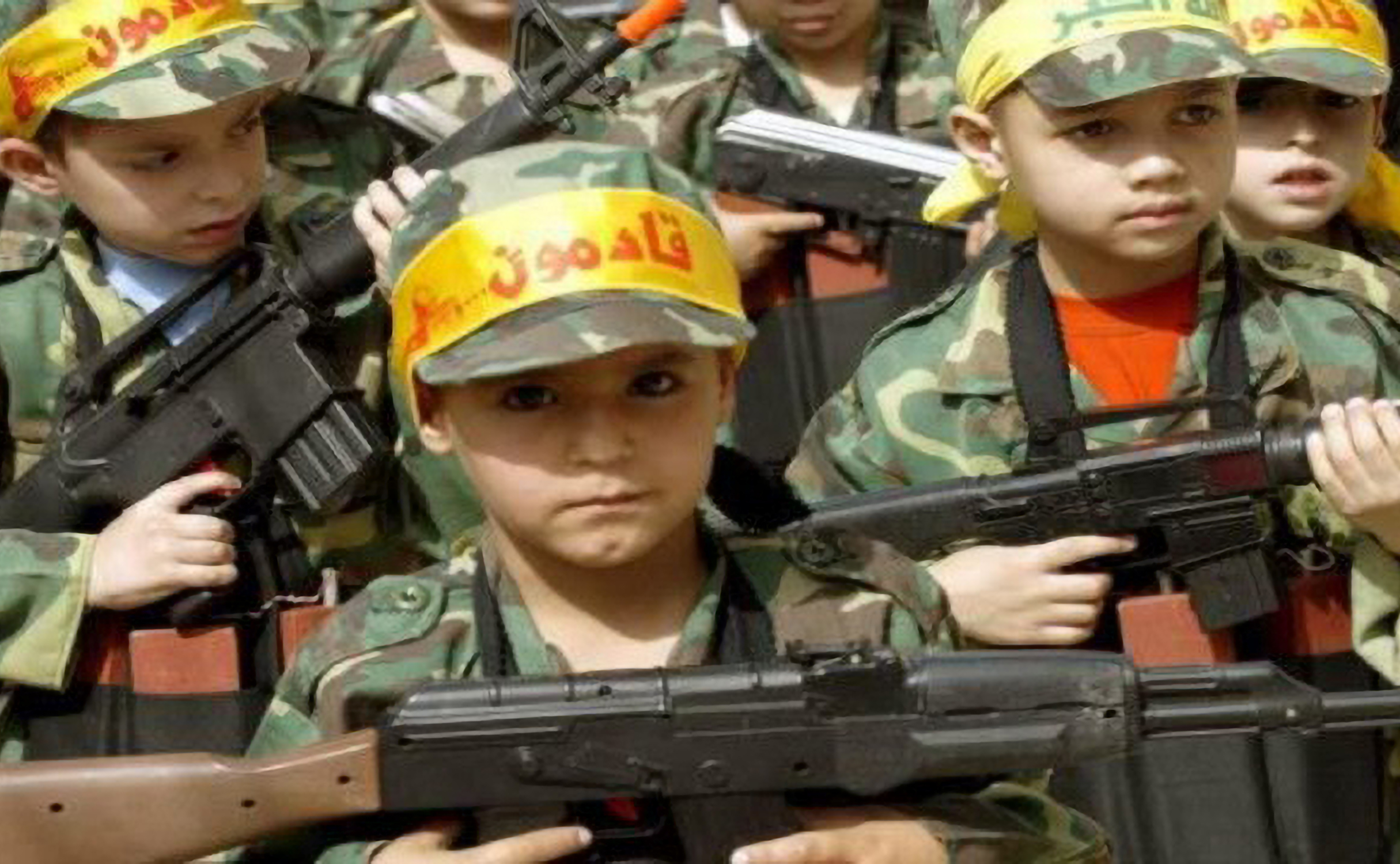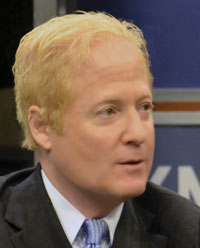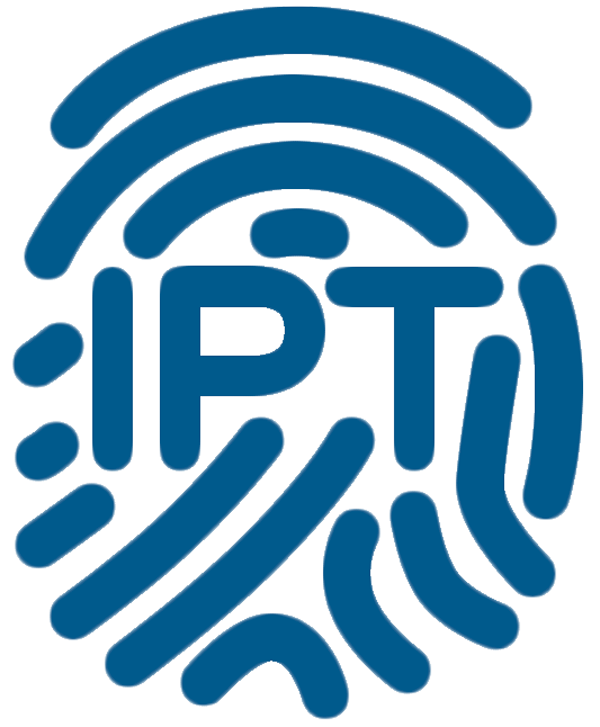This article was originally published in the The Algemeiner.
 Palestinian children compelled to participate in a Hamas military parade. Photo: Twitter |
CAIR emerged out of the Islamic Association for Palestine (IAP), an organization that served as a propaganda arm of a now-defunct Hamas-support network called the "Palestine Committee." The Committee was created by the Muslim Brotherhood to help Hamas politically and financially in the United States. As the committee's propaganda outlet, the IAP organized "annual conventions and meetings, which were regularly addressed by members of Hamas brought from the Middle East." The outlet published magazines with articles supporting the terrorist group. It also "published the Hamas charter in English and distributed Hamas communiques."
Founded in 1994, CAIR was incorporated by three IAP leaders — Nihad Awad, Omar Ahmad, and Rafeeq Jaber. Mousa Abu Marzook, a member of the Hamas Politburo, "served as a member of IAP's advisory board and served as its chairman in 1988-90." He also provided IAP with $490,000. IAP, which is now defunct, was long a central player in Hamas' US support network.
In August 2002, a Federal judge ruled that there was evidence that "the Islamic Association for Palestine ("IAP"), has acted in support of Hamas." In November 2004, a Federal magistrate judge held IAP civilly liable for $156 million in damages in the 1996 shooting of an American teenager by a Hamas member in the West Bank.
And evidence from the Dallas trial charging the Holy Land Foundation (HLF) and its officers with providing material support for Hamas shows that the IAP played a central role in the Muslim Brotherhood's Palestine Committee.
According to the Committee's 1994 meeting agenda and a 1991 organizational chart introduced into evidence, the IAP, the Holy Land Foundation for Relief and Development, and a Virginia think-tank that Marzook founded were the committee's primary components.
A November 1991 committee status report approved by the Shura Council explained that the Ikhwan, or Brotherhood, created IAP "to serve the cause of Palestine on the political and media fronts. The Association's work has developed a great deal since its inception, particularly with the formation of the Palestine Committee, the beginning of the Intifada at the end of 1987 and the proclamation of the Hamas Movement."
The documents about IAP's key role in the Palestine Committee were found in the home of Ismail Elbarasse, a former assistant to Marzook, records and testimony from the HLF trial show.
An internal memo, also taken from Elbarrasse, defines in chilling fashion the role that the Muslim Brothers play in North America.
Records from a 2004 civil litigation (Boim v. Quranic Literary Institute) show how the IAP acted upon these plans. As the magistrate judge noted, IAP has "published and distributed an abundance of pro-Hamas documents."
The group published the Hamas charter — a viciously antisemitic document that calls for the murder of Jews — and noted in the October 1988 issue of its Arabic-language publication, "Ila Filastin," [that] "The Islamic Association for Palestine will deliver the charter of the Hamas movement all over the American continent."
Similarly, a statement in the December 1988 edition of "Ila Filastin" read, "The call for Jihad for the sake of Allah is the only path for the liberation of Palestine and all the occupied Muslim lands ...We [Hamas] pledge to almighty Allah to continue on the path of Jihad and martyrdom, we shall not deviate from it until Almighty Allah give us victory and triumph over against His enemies."
Again, Nihad Awad and Omar Ahmad were part of the IAP before launching CAIR, and CAIR joined the IAP on the Palestine Committee immediately after CAIR's 1994 founding.
The 1993 Philadelphia Hamas Meeting
In order to fully understand CAIR's origins and its close relationship with IAP and HLF, it is critical to examine a meeting in a Philadelphia, PA Marriott hotel that took place less than a year before CAIR's incorporation.
Organized by Hamas operative Abdelhaleem Ashqar, who was indicted in August 2004 for allegedly participating in a 15-year racketeering conspiracy to finance Hamas' activities, the meeting was called in the wake of the Oslo Accords.
The 25-person gathering represented, according to the FBI, "a meeting ... among senior leaders of HAMAS, the HLFRD and the IAP."
According to the November 2008 HLF superseding indictment, "The purpose of the meeting was to determine their course of action in support of Hamas' opposition to the peace plan and to decide how to conceal their activities from the scrutiny of the United States government."
Attendees at the FBI-monitored meeting included five HLF officials who were indicted with the group in July 2004: Executive Director Haitham Maghawri, Chief Executive Officer Shukri Abu Baker, Treasurer Ghassan Elashi, Chairman of the Board Mohammad El-Mezain, and fundraiser Mufid Abdulqader.
But the most notable attendees were future CAIR Chairman Omar Ahmad, whose presence is documented in the FBI-certified hotel registry, and future CAIR Executive Director Nihad Awad.
Ahmad is identified as Omar Ahmad Yehya in FBI transcripts of the secretly-recorded meeting. Although he claimed in a 2003 deposition that he did not recall attending this meeting, he acknowledged that "some people call me" Omar Yehya "because it's like one of my middle names." Ahmad also acknowledged knowing many of the men who were in Philadelphia, including Ashqar, Abu Baker, Elashi, and Maghawri.
Meeting participants apparently attempted to cover up their true agenda. As an FBI analysis of the wiretaps states, they "spent much effort hiding their association with the Islamic Resistance Movement, a.k.a. HAMAS. Instead, they referred to HAMAS as 'Samah,' which is HAMAS spelled backwards."
In addition to trying to obscure their ties to "Samah," those at the meeting discussed how organizations in the United States could support Hamas. A speaker noted, "The institutions here should be at the service of the Movement over there ... This should include finance, information, political, and everything." Another urged his colleagues that "[p]eople who are directly connected with Jihad [in Palestine] should get more assistance."
CAIR Founder Omar Ahmad went a step further, envisioning a lobby [group] because "we don't have influence over the Congress ... This will bolster our position in America with the U.S. administration and other media and political organizations." He concluded: "This can be achieved by infiltrating the American media outlets, universities and research centers as we previously said. ... if Muslims engage in political activism in America and started to be concerned with Congress and public relations, we will have an entry point to use them to pressure Congress and the decision-makers in America."
CAIR was incorporated the following summer [in 1994].
Background & History
The Council on American-Islamic Relations' (CAIR) roots in a Muslim Brotherhood-created, Hamas-support network called the Palestine Committee are documented by the committee's own records seized by the FBI and entered into evidence in a 2008 Federal terror financing trial. These internal records include a 1994 Palestine Committee meeting agenda which lists CAIR as a branch. The presiding US District Court judge found "ample evidence to establish the associations of CAIR ...with Hamas." Hamas is a designated terrorist organization with a stridently antisemitic charter which advocates killing Jews.
CAIR was also named an unindicted co-conspirator in the trial, which ended with convictions against the Holy Land Foundation for Relief and Development (HLF) and five former officers on 108 counts related to illegally funneling millions of dollars to Hamas. The convictions were upheld by a Federal appeals court in 2011.
An FBI affidavit obtained by the Investigative Project on Terrorism (IPT) through a Freedom of Information Act request, identifies CAIR co-founder Omar Ahmad [a.k.a Omar Yehya] as "one of the leaders of HAMAS." The affidavit further notes that Palestine Committee members were "active" members of the US Muslim Brotherhood.
Both the Muslim Brotherhood and its Palestinian offshoot Hamas are deeply antisemitic. While Muslim Brotherhood leaders have called for the killing of Jews and the destruction of Israel, Hamas's founding covenant not only mentions the obliteration of the Jewish state, but also the notorious "Protocols of the Elders of Zion," a forgery alleging a Zionist-Jewish conspiracy to take over the world.
CAIR founders Omar Ahmad and Nihad Awad each appear in a phone book of Palestine Committee members admitted into evidence at the HLF trial. In 1994 — the same year CAIR was created and appeared on the Palestine Committee roster — CAIR Executive Director Nihad Awad publicly declared, "I am in support of the Hamas movement," instead of the secular PLO (Palestine Liberation Organization).
 Steven Emerson is executive director of the Investigative Project on Terrorism, the author of eight books on national security and terrorism, the producer of two documentaries, and the author of hundreds of articles in national and international publications.
Steven Emerson is executive director of the Investigative Project on Terrorism, the author of eight books on national security and terrorism, the producer of two documentaries, and the author of hundreds of articles in national and international publications.
Copyright © 2023. Investigative Project on Terrorism. All rights reserved.
